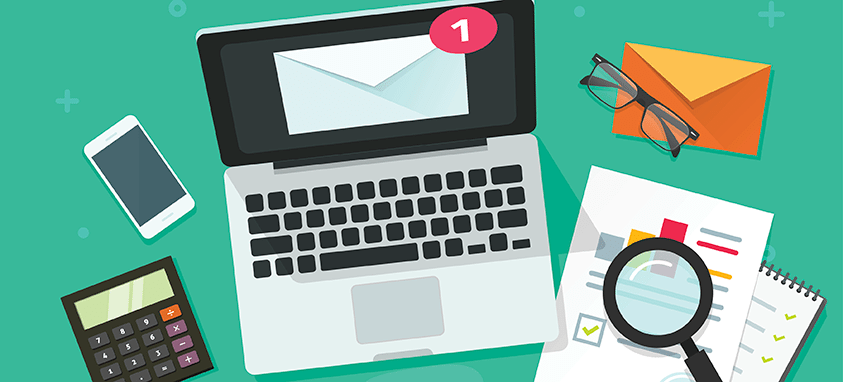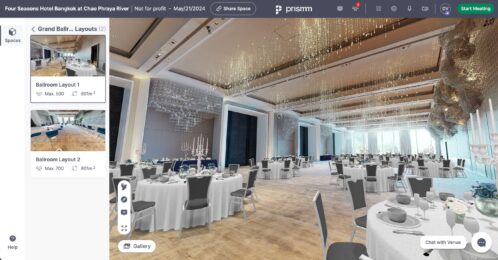When you’ve devoted hours of time, creative energy and strategic thinking to developing an event marketing email, you intend for it to be seen. So it’s pretty infuriating that your masterpiece will most likely be tossed in the spam folder. Not to mention, this isn’t what recipients want. According to a ReturnPath study, 79 percent of legitimate, permission-based marketing emails never reach the inbox. So you might have the most engaging email ever, but that doesn’t matter if you never reach an audience. Here are expert tactics for avoiding the spam folder like the plague.
Have Permission!
This isn’t exactly a tip—it’s a law. Before sending out any type of email marketing campaign, you must get permission to email first. No, you cannot just add contacts from business cards or buy a list of emails. Those types of tactics violate the CAN-SPAM Act, which could result in a fine up to $16,000.
Be a Humanoid
Always include a subject line. Without one, an email automatically gets filtered by the firewall. And in this subject line, be tactful with your language. Avoid terms which sound automatic such as “Click Below,” and “Full Month Trial”. For more no-no’s, check out this Hubspot list.
It’s also essential to use a person-sounding name rather than a “no reply” address. To avoid potentially flooding your inbox, either redirect responses to a company account or make up an alias. Plus, this will increase the likelihood of being added to an address book—even better!
Fully Evaluate Your Software
Unfortunately, many email design programs are notorious for spamming due to user ratings and complaints. Even if your company’s reputation is pristine, the program you’re using might be harmful. How can you tell which program is best? See what other customers are saying in ratings and online forums.
Keep Visuals to a Minimum
Be selective with the images—one or two are best at 600-800 pixels. An image-rich email takes much longer to download. Plus systems often assume it’s something explicit. Similarly, make sure your font is simple (Arial, Verdana, Georgia and Times New Roman) and the HTML code is clean.
Target Your List
The rate of active to inactive email accounts on your email list counts for spam filtering algorithms. If a significant portion of your emails are going to abandoned accounts, this could get you flagged. So be mindful of who isn’t engaging with your campaigns and proactive about keeping your list neat.
Aim for Consistency
Try to keep things as similar as possible across emails. This means logos, verbiage, subject lines and even typography. This will help users recognize you and therefore not immediately reject your message.
Make it Easy to Unsubscribe
Although this seems counter-intuitive, it’s actually pretty important and beneficial to have a clear “Unsubscribe” button. Opting out of one will not only result in many complaints, but a potential fine as well.
Maintain a Positive Cycle
The more your emails are opened, the more likely they are to avoid the spam folder. In fact, this affects as much as 26 percent of incorrect email flags, according to Return Path. So kick things off properly by crafting engaging subject lines, targeted lists and thoughtful timing.
Track Your Success
Once you implement these changes, continue measuring the success of your email campaigns on a regular basis. Internal testing is essential as automated systems are constantly evolving.
A few positive indicators of success are when emails are opened, replied to, moved to a folder or added to a contact list. Meanwhile, being moved to the junk folder or deleted without opening usually means it’s time to rethink your strategy.
You can monitor individual email scores. For instance, if a person always opens your emails, they can be identified as your power users. The same thing goes for email providers. If Gmail users have a habit of opening your emails, then Gmail will rank your emails highly.




